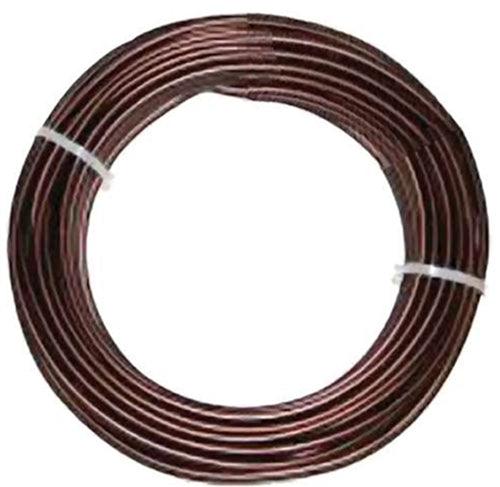
You can barely see a small piece of the living vein on this juniper. No variety is given, but it looks like a Shimpaku, a variety that Kimura (it's his tree) and much of the world seems to favor.
We've got some of the most powerful and famous Japanese bonsai in the world for you today, including several by Masahiko Kimura, the man whose daring innovations transformed the art of bonsai.

Here's an amazing before and after Shimpaku Juniper by Kimura. No wonder they call him the Magician. The tree's height started at 15" (38cm) and ended up at 28" (71cm).

Well, this one may not qualify as powerful, but it is lovely. It's a Cotoneaster from the 34th Taikan-ten Bonsai Exhibition. No information on the artist or owner is given. We found this and the other photos shown here on a FB account called Bonsai Master.

Japanese black pine 🖤 8th World Bonsai Convention, Japan. The hearts came with text. Not a bad sentiment.

This masterpiece Shimpaku is from Kunia Kobayashi's Shunka-en Bonsai Museum. Its massive flowing deadwood with its single living vein jumps out. As does its strong and compact crown which was no doubt designed to hold its own in contrast with the sheer power of the deadwood.

A Diospyros Kaki Japanese persimmon, also from Kunio Kobayashi’s Shunk-en Bonsai Museum.

The elegant triple trunk Japanese maple with its powerful nebari, great taper and highly developed ramification, is from the 34th Taikan-ten Bonsai Exhibition.

Japanese Yew 💚 8th World bonsai Convention, Japan.

Twisted. Japanese Juniper from the 💚 8th World Bonsai Convention, Japan.

This Shimpaku juniper belongs to Masahiko Kimura, Japan's most famous bonsai artist and innovator. The tree which is called Flying Dragon is also quite famous.

This Shimpaku planting is one of Mr Kimura’s artificial rock masterpieces. And yes, he made the rock too.

Here's a famous Kimura planting that has spawned numerous copycats. The trees are Hinoki cypress (Chamaecyparis obtusa).

One more by Kimura. It's a Japanese white pine, aka Japanese five needle pine, Goyomatsu, Pinus parviflora.

